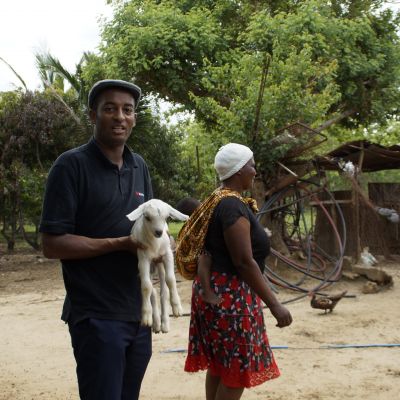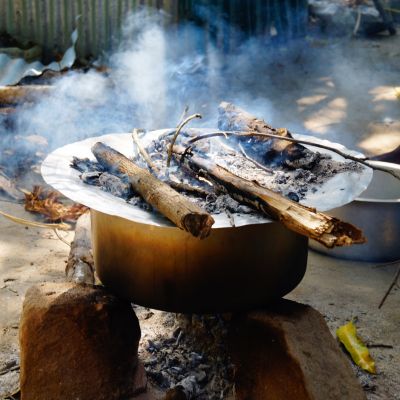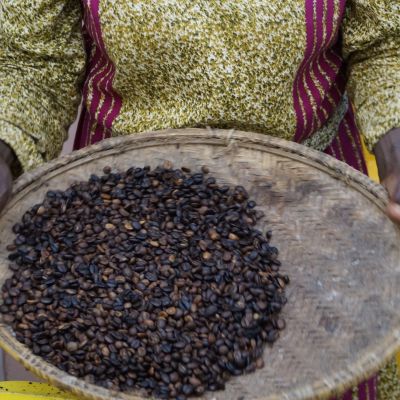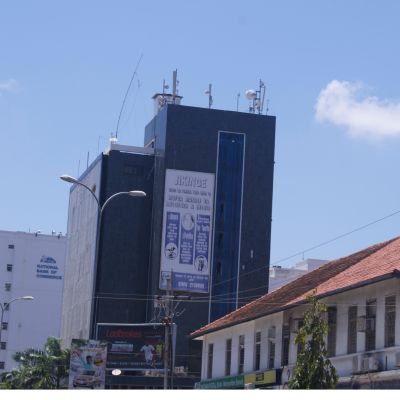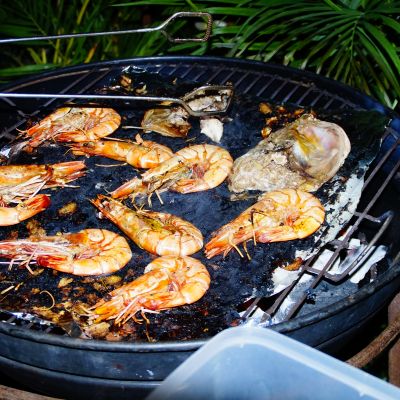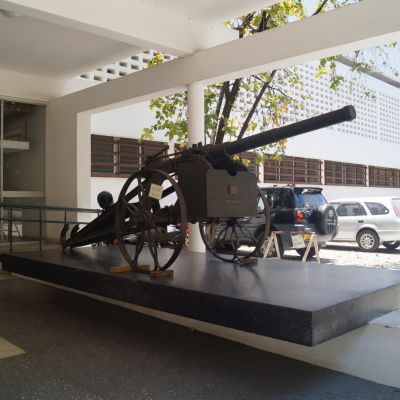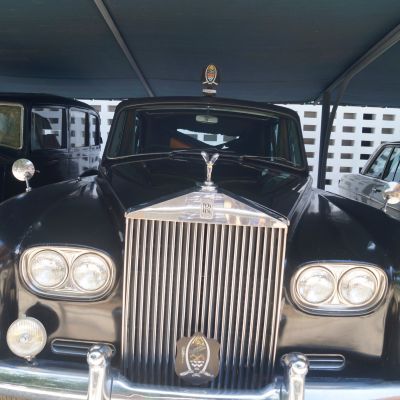Dar Es Salaam
Dar Es Salaam is captivating with a relaxed mixture of east and west, old and new, diverse tribes, religions and political philosophies. Here you will fnd an exuberant, often endearing diversity of the human race. The city can be hot but rarely boring. Dar Es Salaam is the cultural and political centre of the country and also has the main port.
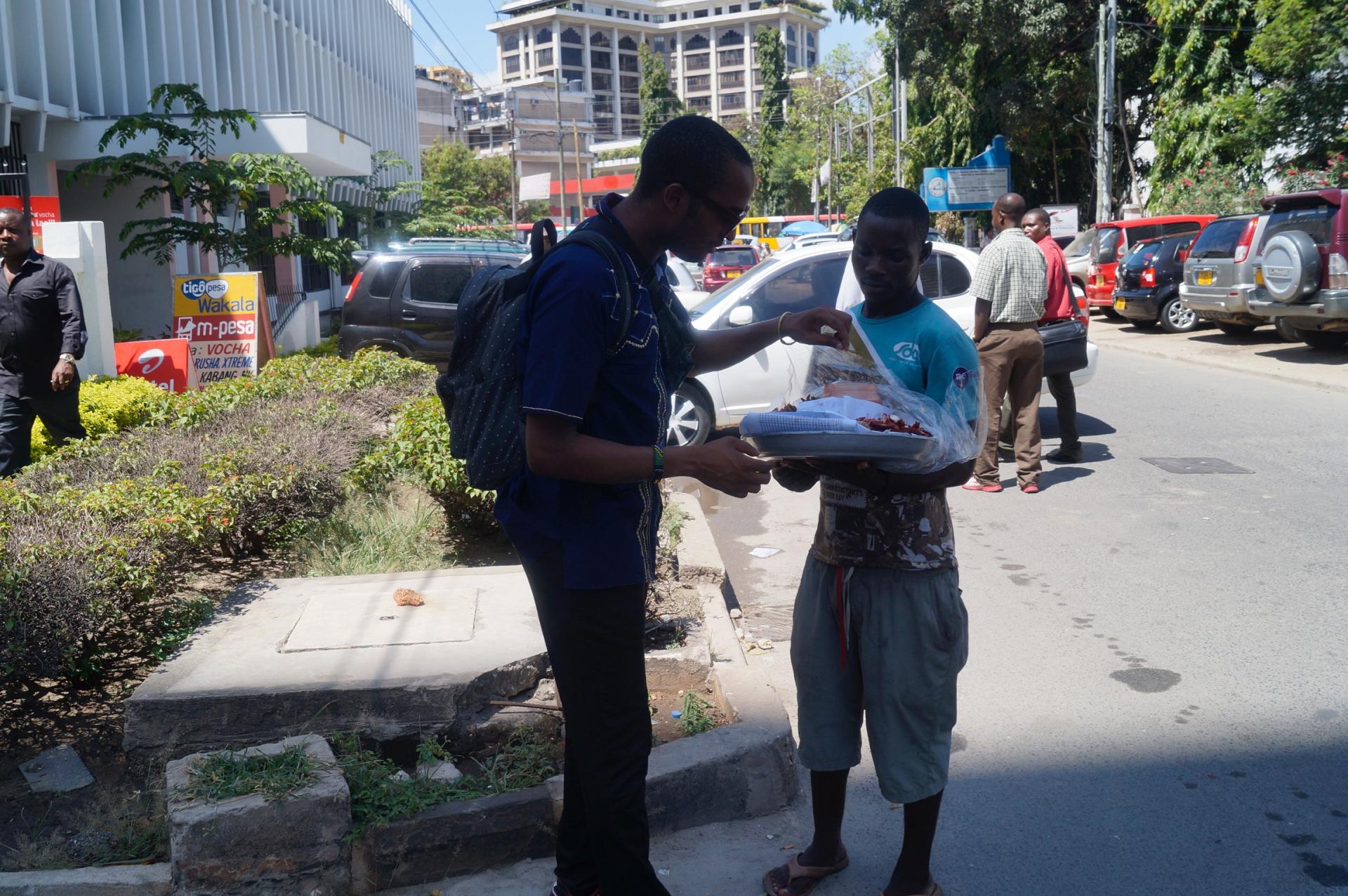
City center
The best way to get to know Dar Es Salaam is to take a walk through the city centre. The most important starting point is the Askari Monument on Samora Avenue.

Askari Monument
The Askari Monument is one of the landmarks in Dar Es Salaam. It is a memorial to the askari (African soldiers) who fought in the British campaign against the German Army in East Africa in World War I. It is located in the Center of Dar.
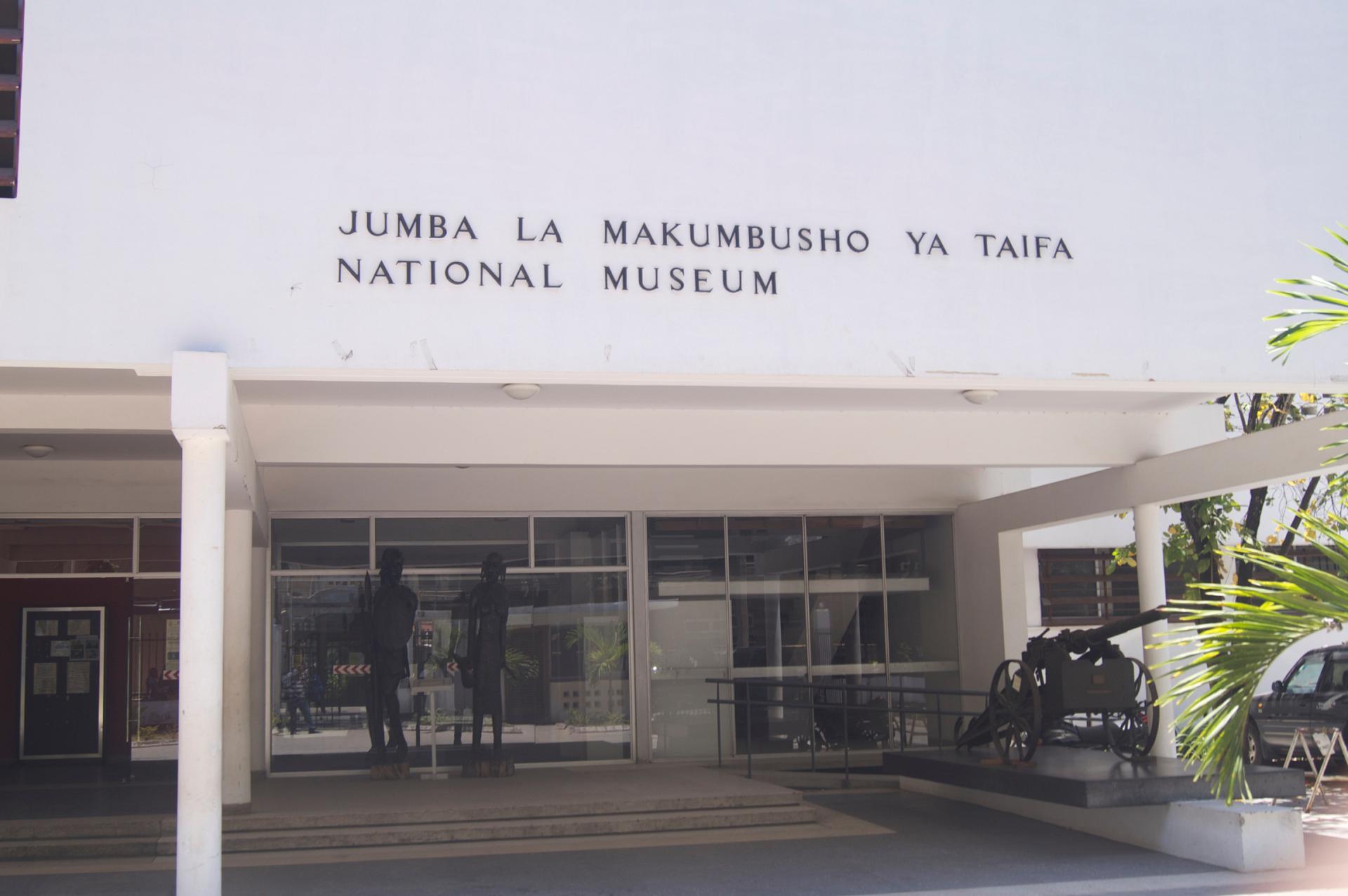
National Museum
In the opposite direction, the Samora Machel, lined with lush trees, leads directly to the open sea. On one side are the old Botanical Gardens, on the other side the National Museum. The museum houses interesting exhibitions that demonstrate the ethnic diversity of Tanzania. The older building complex of the museum is a good example of British colonial architecture.
Kivukoni
Below the State House, which is the ofcial residence of the President, you will reach a magical corner of Dar es Salaam. Here the visitor can explore the fsh market, watch the ships and boats that enter and exit the narrow harbour entrance, and also get to know a fascinating section of Dar Es Salaam population.
Leaving the market behind and following the street -Kivukoni Front - along the harbour entrance, on one side you can enjoy a beautiful view of the water, on the other side you can see the old German administration buildings. Located on the other side of the lake are the Kilimanjaro Hotel, the old Dar Es Salaam Club and the Lutheran Church with its red roofs.
Asian quarters
The Asian part of the city lies approximately in the square formed by Samora Machel Avenue and UWT Street as well as Uhuru and Maktaba. Here the visitor can enjoy the unmistakable Indian atmosphere and buy spicy snacks like samosas, bhajias or other eastern secrets. The Asian communities have brought their own touch to the expanding city. Most Asians are merchants, shopkeepers or businessmen, and their peace-loving, family-oriented cultures, whether Hindu, Muslim or Sikh, contribute to the attractive fair of Dar Es Salaam.
Oysterbay
Towards the sea we reach the green suburbs of Oyster Bay. The view of the bay is particularly impressive in the late afternoon from the southern tipping or full moon. Following the Toure Drive along the sea, we reach the peninsula Msasani with the Yacht Club of Dar Es Salaam
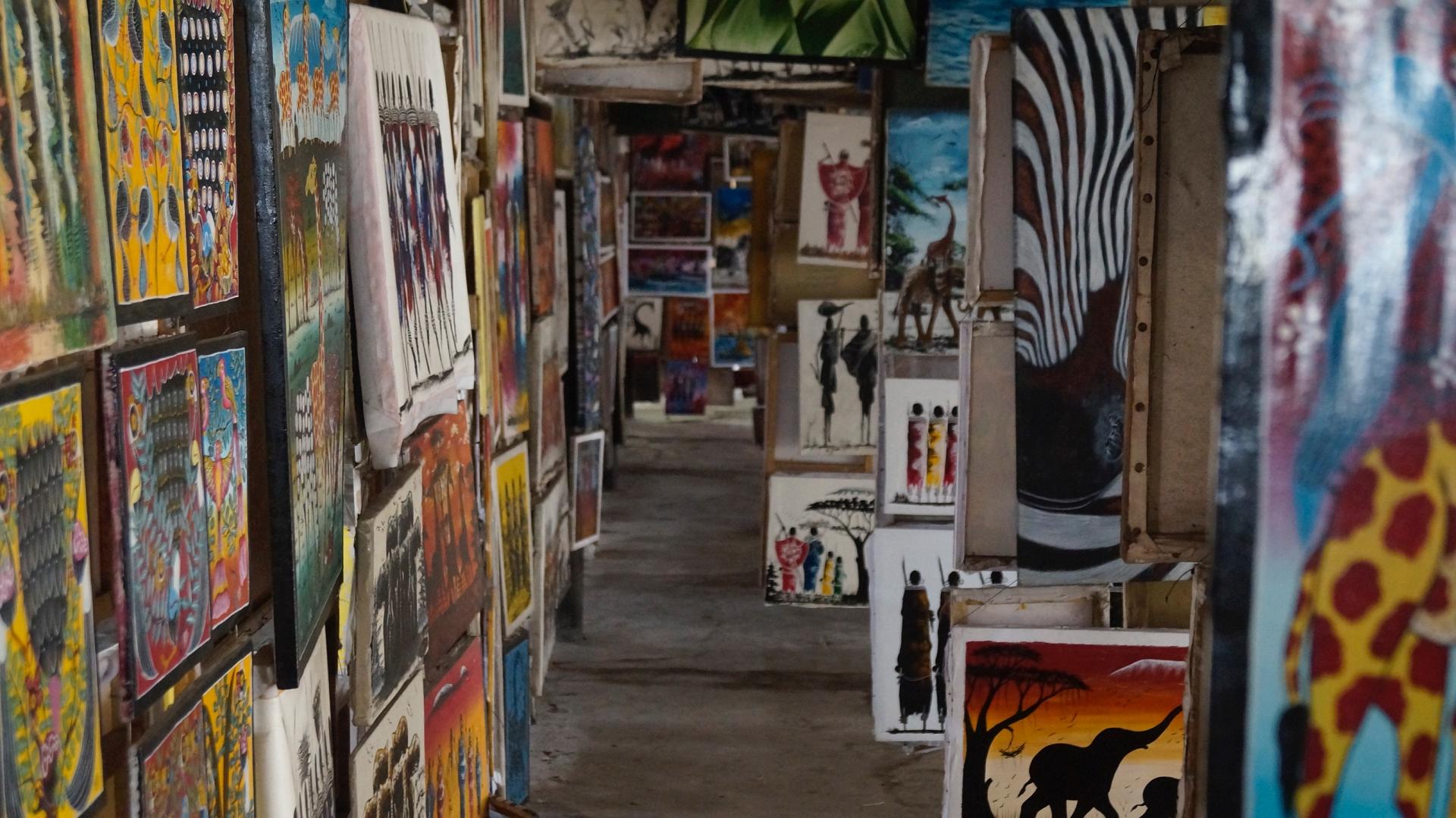
Mwenge arts and crafts market.
This market is also an attraction and should also be on your to-do list. There are traditional paintings and sculptures on ofer and you can watch the artists at work.



